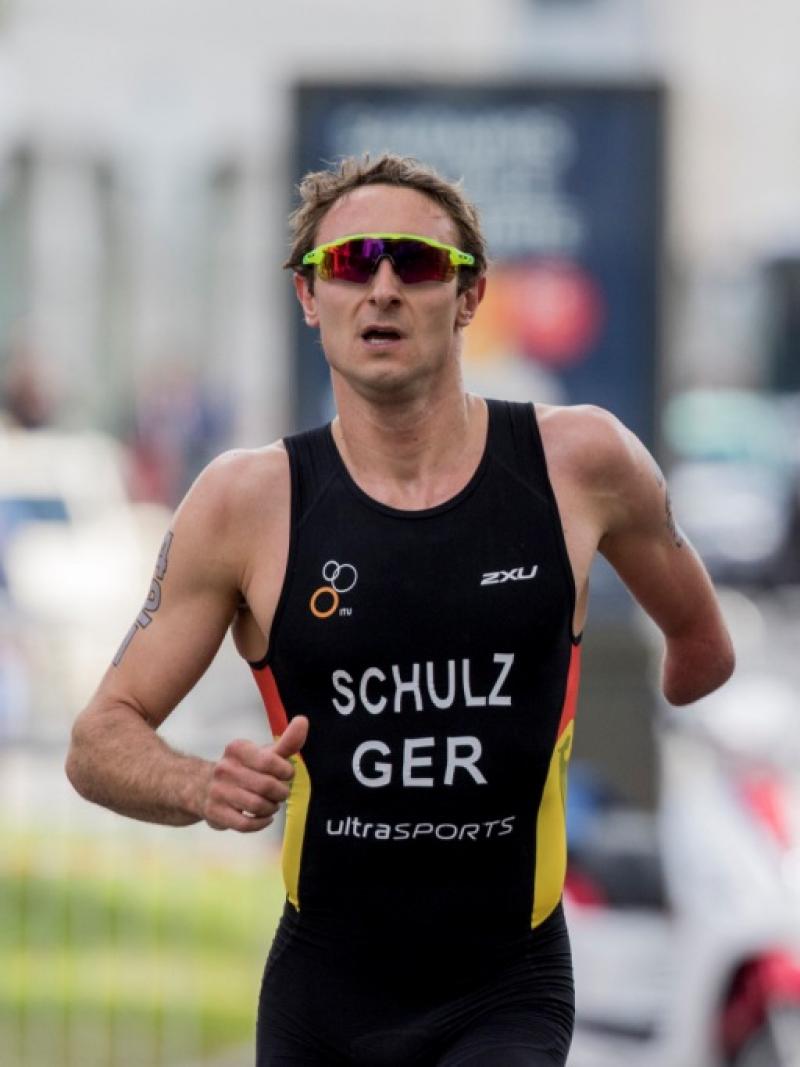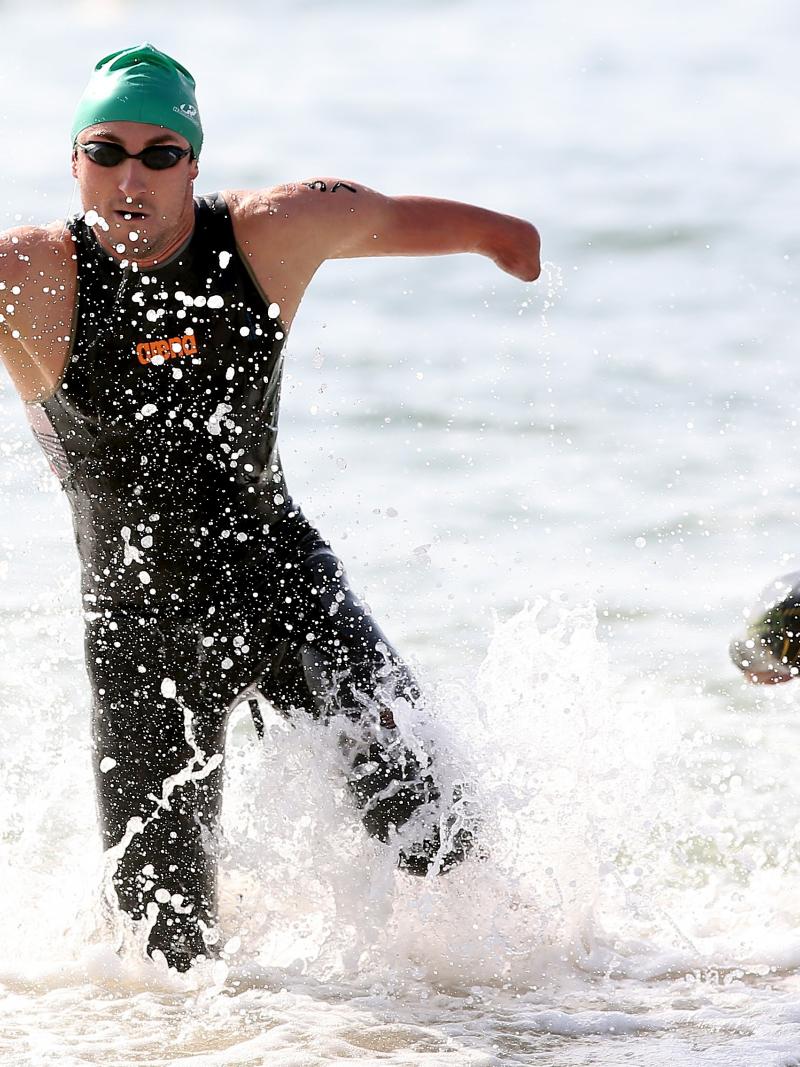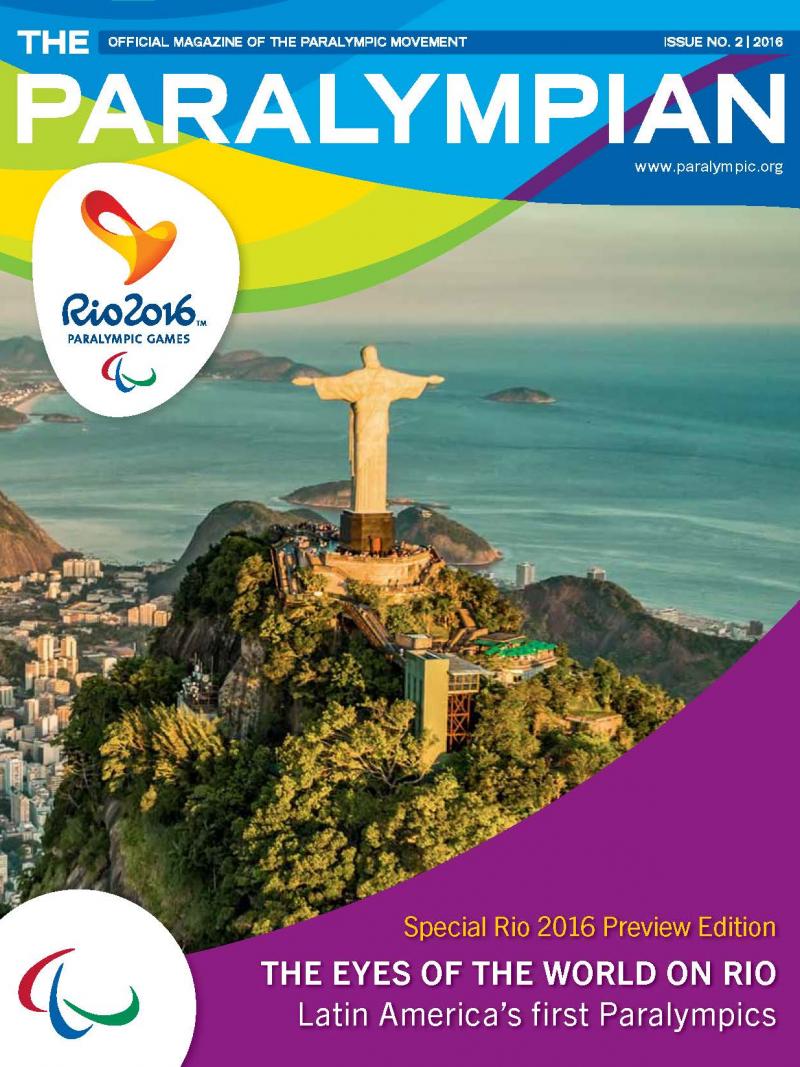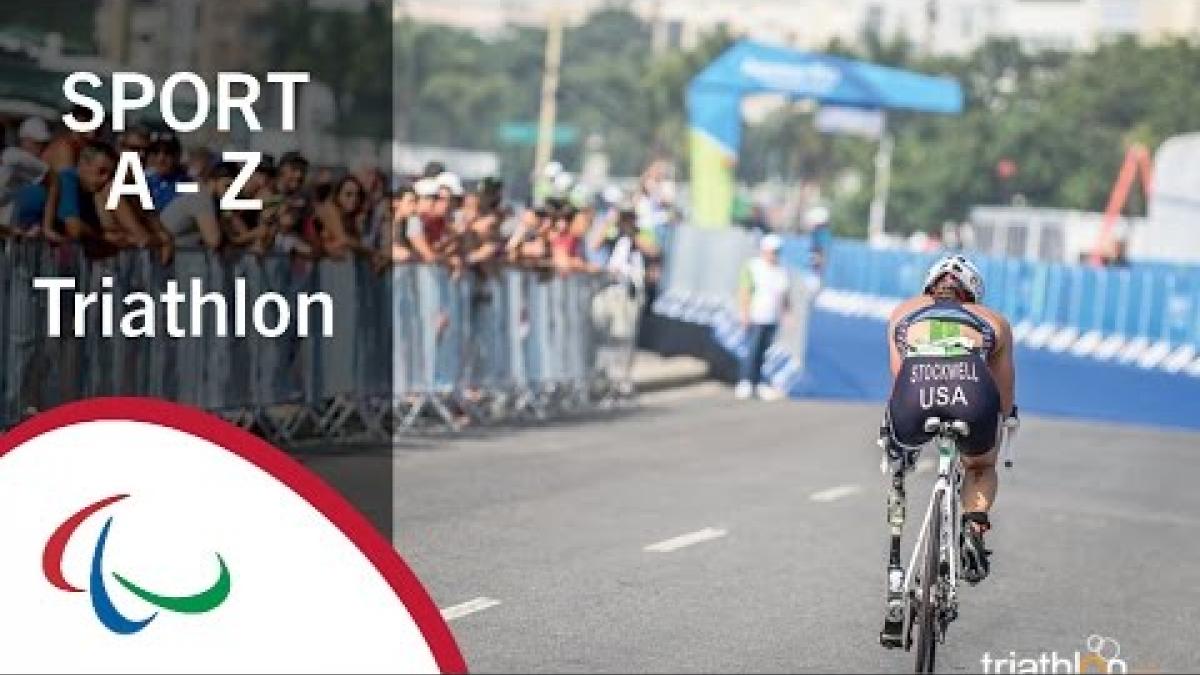Sport Week: Classification in Para triathlon
Athletes in this sport are grouped into five sport classes. 02 Aug 2016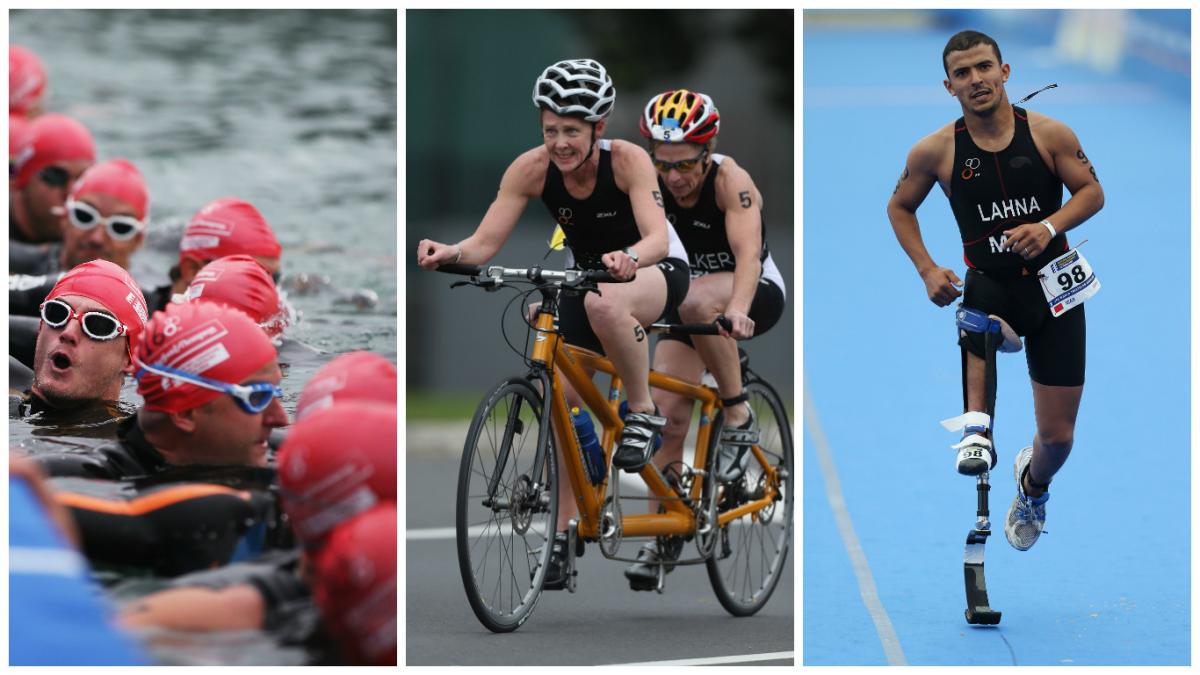
In Para triathlon there are four different sport classes for athletes with physical impairment (PT1-4), and a fifth sport class for athletes with vision impairment (PT5).
In one sport class, you can find athletes with different impairment types and severity compete against each other. As a general principle, the impact of impairment on the performance within one class is similar.
To evaluate the impact of impairments on an athlete’s ability to compete in triathlon, classifiers assess all functional body structures through a physical and technical assessment using a point system and a weighing factor for each discipline of the sport (swimming, cycling and running). The total score determines the athlete’s sport class.
PT1 (wheelchair user athletes)
Para triathletes in this class swim, cycle on a handbike and compete in a racing wheelchair for the run section. This class includes athletes with, but not limited to: impairments of muscle power, range of movement, limb deficiency such as unilateral or double leg amputation, spinal cord injuries resulting in paraplegia, or tetraplegia.
PT2-4 (ambulant athletes)
Athletes in this sport class swim, cycle on a conventional bike with or without approved adaptations, and run with or without the use of an approved prosthesis and/or supportive devices. They can fall into three different sport classes. These sport classes include but are not limited to: impairment of muscle power, range of movement, limb deficiency, hypertonia, ataxia and athetosis.
PT2
This sport class includes athletes with a severe degree of activity limitation such as, but not limited to: unilateral above knee amputees, double below knee amputee, athletes with a significant combined upper, and lower limb muscle power limitation or severe neurological impairment such as congenital hemiplegia and severe cerebral palsy.
PT3
This sport class includes athletes with a moderate degree of activity limitation such as athletes with, but not limited to: through-the-shoulder amputation, complete loss of range of motion in one arm, athletes with a moderate combined upper, and lower limb loss of muscle power, or moderate neurological impairments.
PT4
This sport class includes athletes with a mild degree of activity limitation such as athletes with, but not limited to: below-the-elbow arm amputation, below-the-knee amputation, partial loss of arm muscle power, lower limb deficiency, or mild neurological impairments such as ataxia or athetosis.
PT5 (athletes with visual impairment)
Para triathletes in this sport class swim, ride a tandem cycle and run with a guide.
Eligible impairments for Para triathlon:
Impaired muscle power
Athetosis
Impaired passive range of movement
Hypertonia
Limb deficiency
Ataxia
Visual impairment
Helpful links:
International Triathlon Union classification webpage
Editor’s note: Each sport on the Rio 2016 Paralympic programme will have a dedicated week of featured content published on paralympic.org. Every week a new sport will be featured and the series will run until September’s Games, helping the public understand more about the 22 sports being contested in Rio.
__
Sport fans from around the world can now buy their Paralympic tickets for Rio 2016 from authorised ticket resellers (ATRs)
The IPC’s Global ATR is Jet Set Sports, and Rio 2016 tickets and packages can be purchased on the CoSport website.
Residents of Brazil can buy 2016 Paralympics tickets directly from the Rio 2016 website.
Visa International is the exclusive payment card and the official payment system for the Paralympic Games.
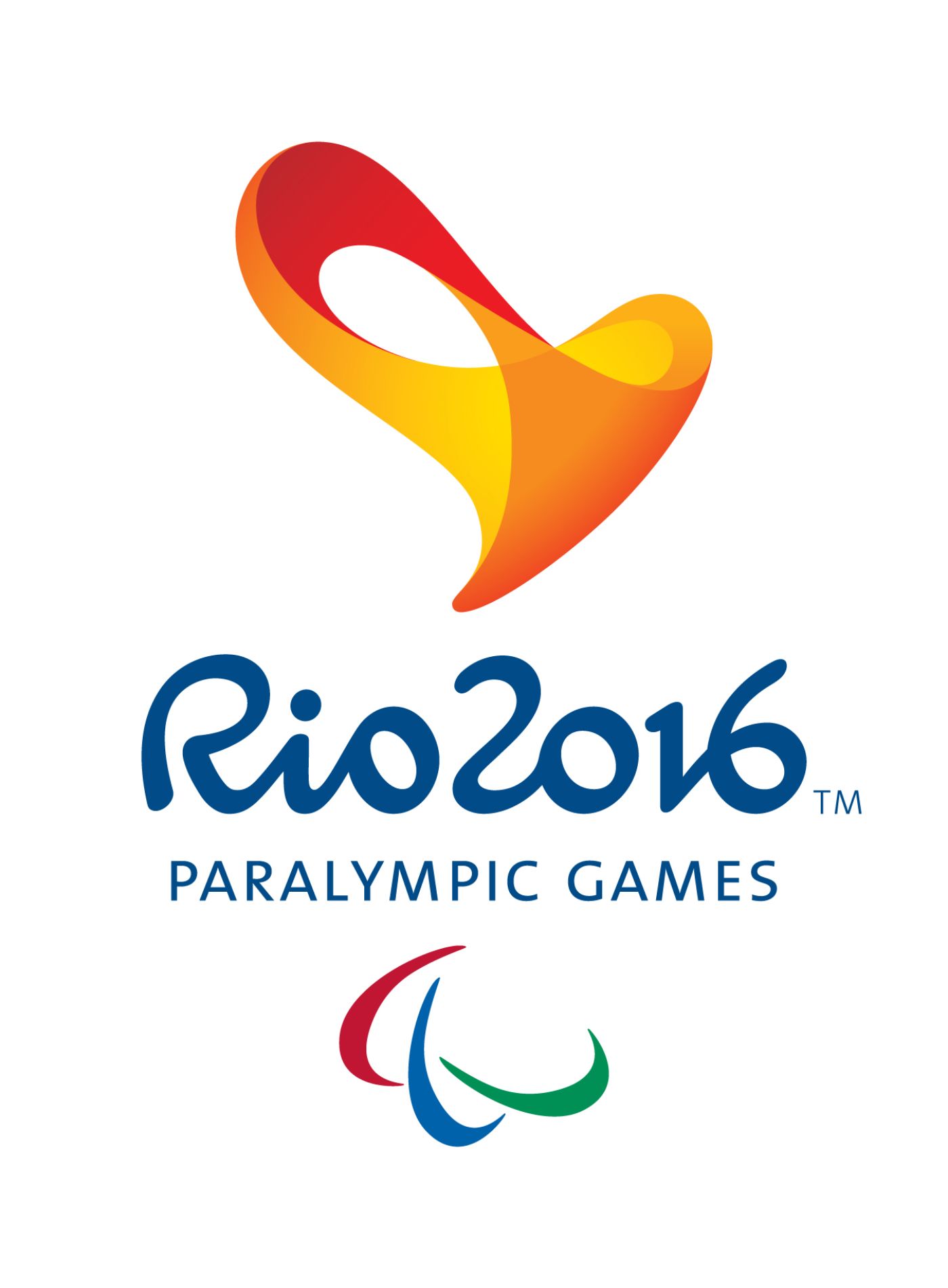
 Facebook
Facebook
 Instagram
Instagram
 Twitter
Twitter
 Youtube
Youtube
 TikTok
TikTok
 Newsletter Subscribe
Newsletter Subscribe

